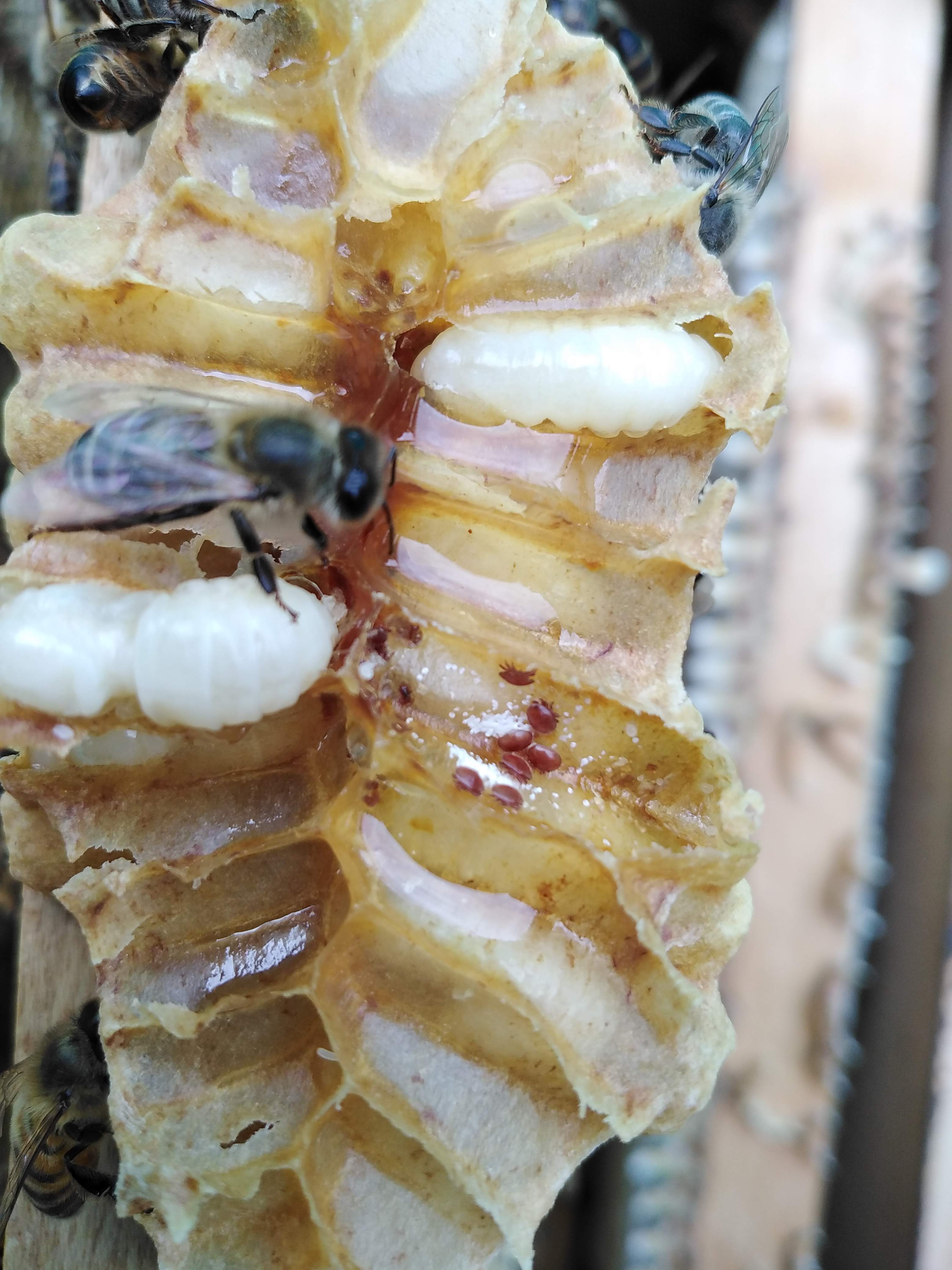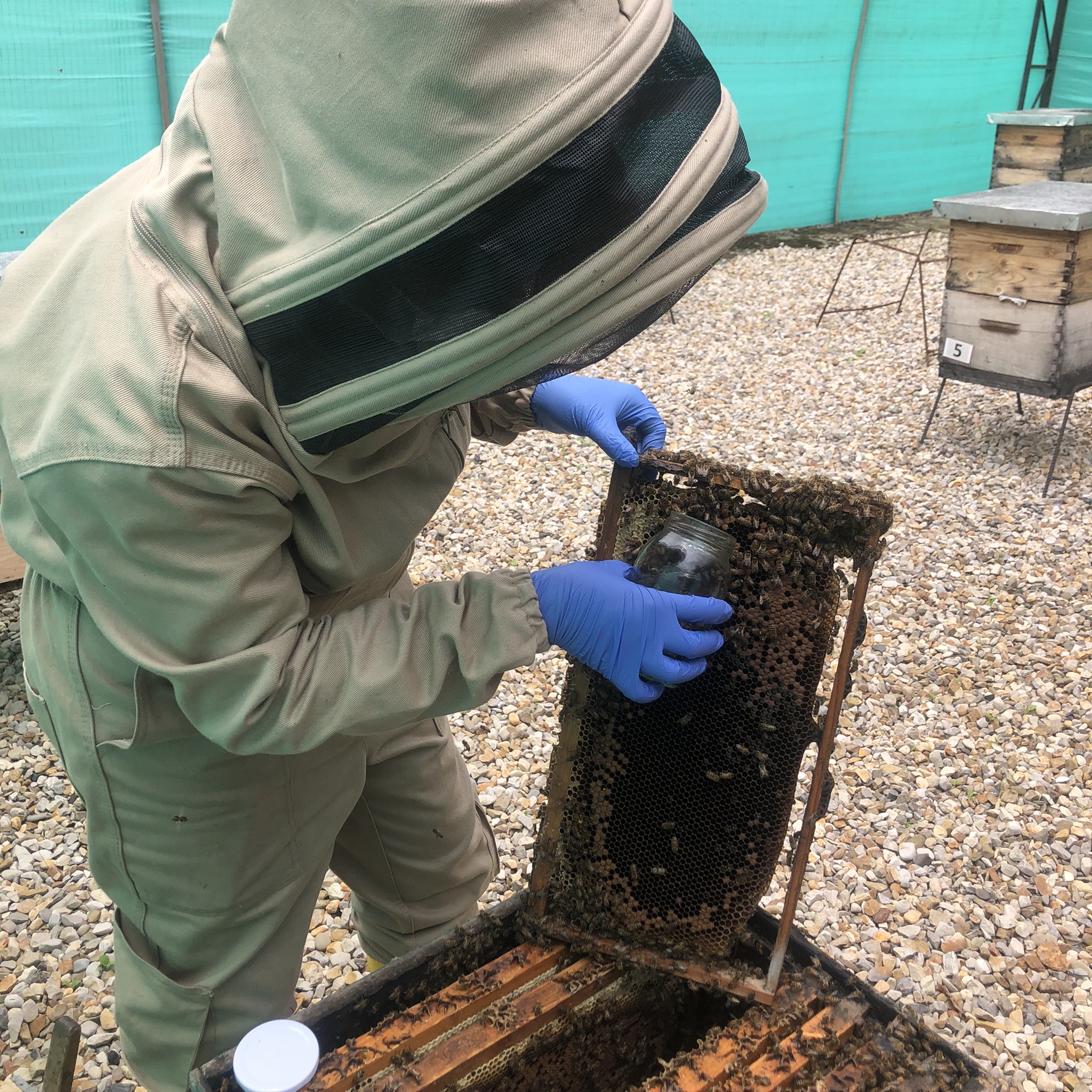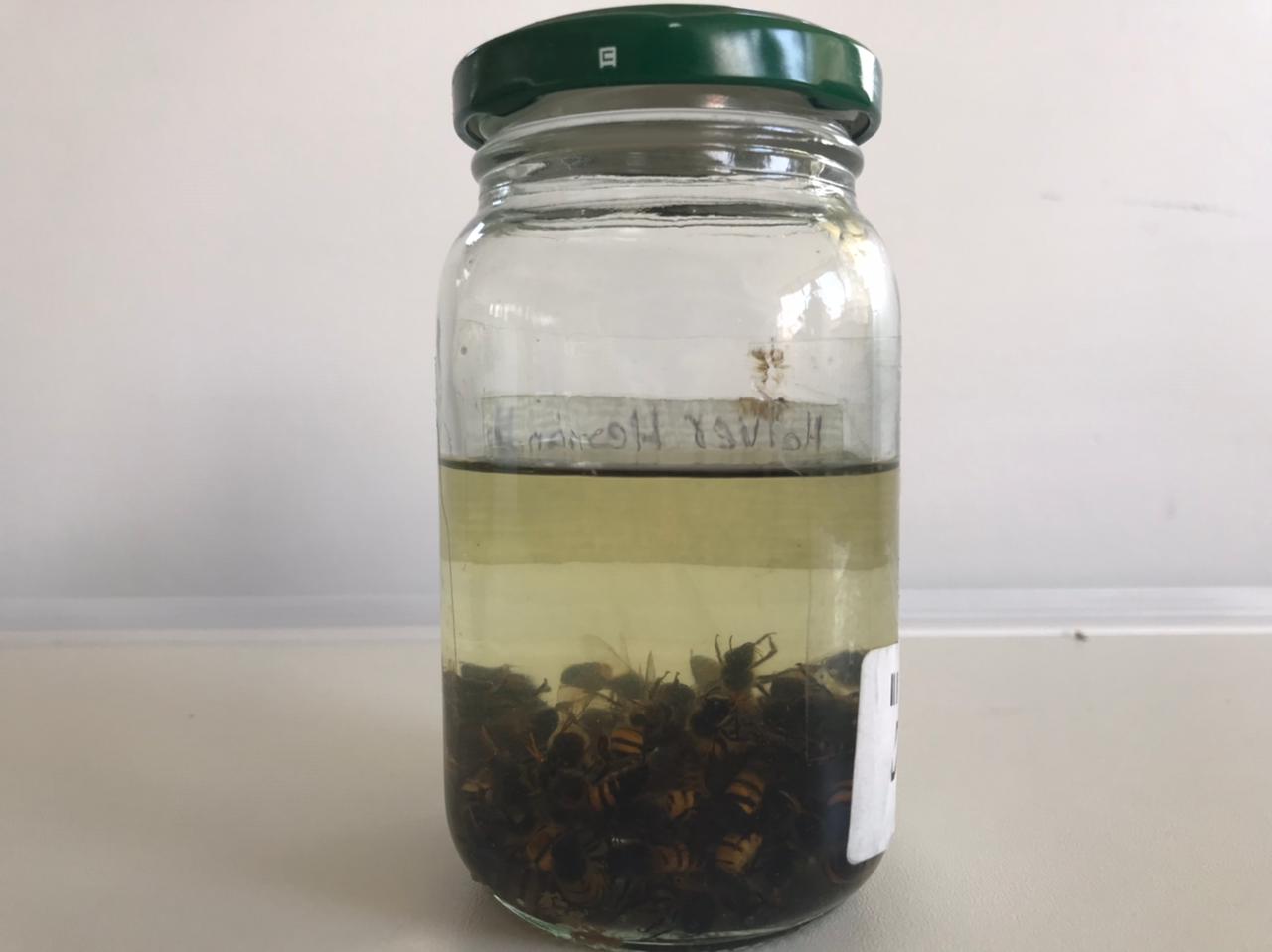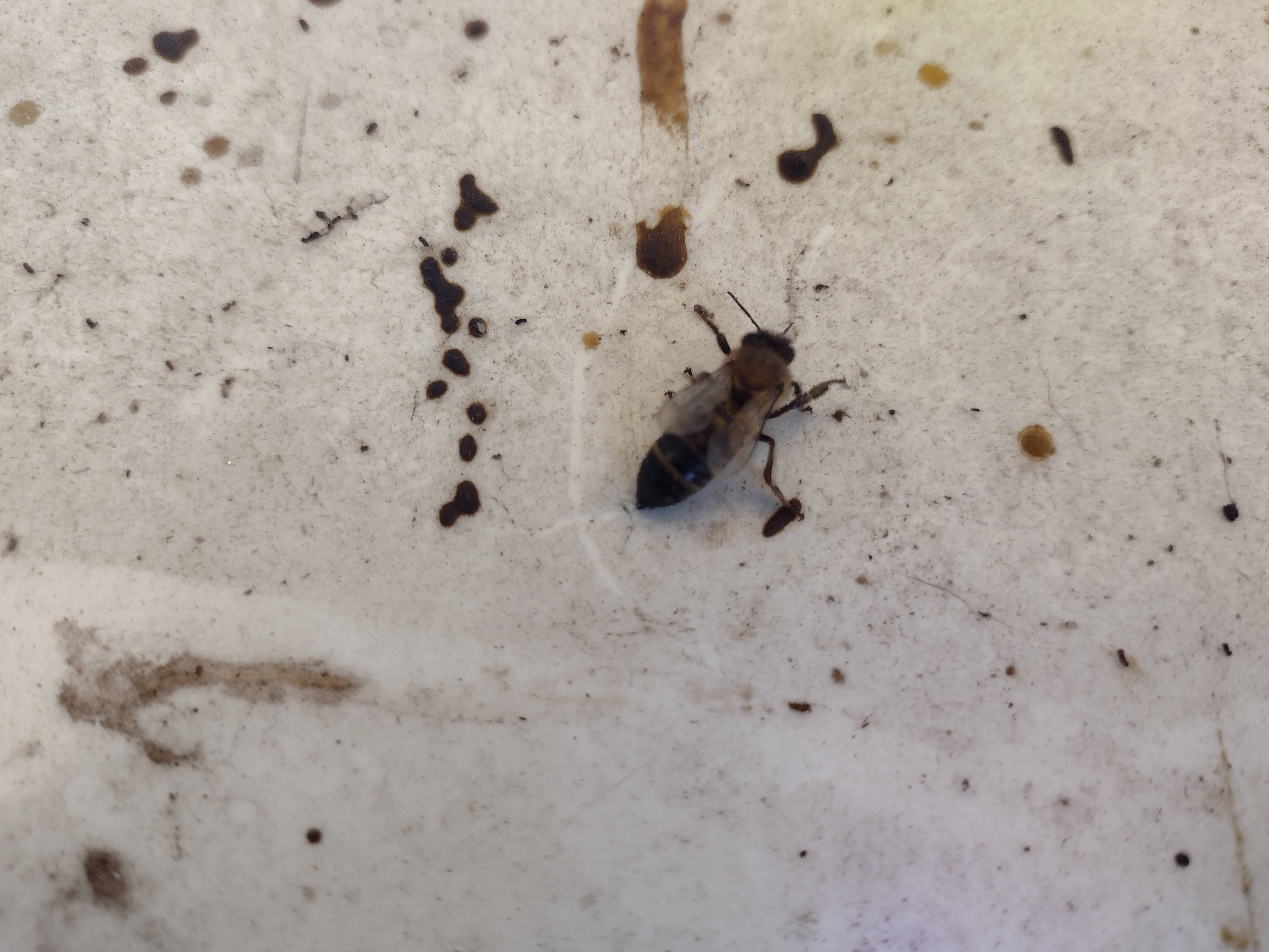Beekeeping health diagnosis

- Thematic area:
- Quality and safety of inputs and products - Planting material and genetic breeding
- Productive system:
- Beekeeping
- Geographic coverage:
-
National

Descripción
The service for diagnosing pests of beekeeping interest in adult bees collected in a hive provides results on the level of infestation of Varroasis (Varroa sp.) and Nosemosis (Nosema sp.)
Sampling must be carried out per hive to know the real health status and, thus, be able to use the results of the analysis as a tool for decision-making and reducing the risk of bee production loss.
The analysis methodologies are described below:
- Varroasis: the analysis is carried out by separating specimens (ectoparasites) on adult bees, identification by morphological characters, and subsequent calculation of the level of infestation of Varroa sp. per sample analyzed (hive).
- Nosemosis: the analysis is carried out from adult bees collected per hive, where the number of spores of Nosema sp. is quantified. The count is done using a Neubauer chamber. Subsequently, the calculation of the infestation level per sample analyzed is carried out.
This service can be used at any stage of the beekeeping system to monitor the health of the hives (to know the level of varroasis or nosemosis infestation) and use the results delivered as input for decision-making management that prevent reductions in the survival of individuals, as well as losses in bee productivity.
AGROSAVIA is a pioneer in providing the service, given that, to date, it is the only laboratory with ICA registration authorized for this purpose.
Associated publications
Image gallery










